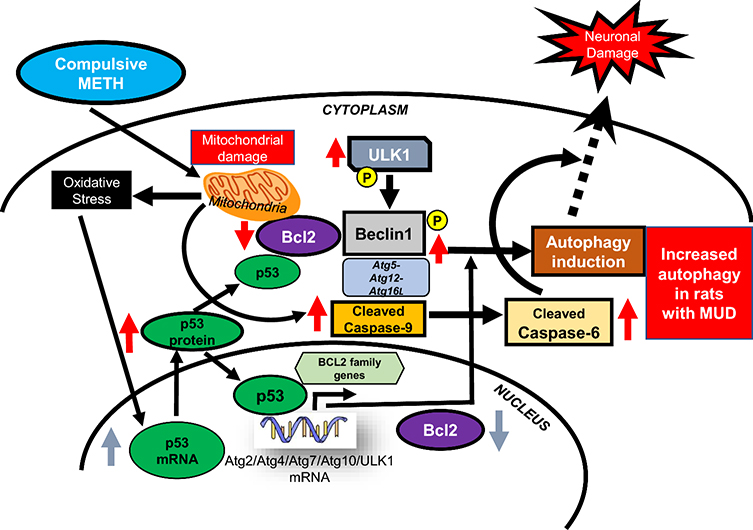Figure 6. METH-taking activates a p53-Bcl2-ULK1-dependent autophagic cascade in the dorsal striatum.
Schematic representation of activation of autophagic events and eventual neuronal damage in the dorsal striatum of compulsive METH seeking rats. Autophagic events include- initiation of phagophore formation (increased protein expression of ULK1), elongation and completion of autophagosome (upregulation of Atg5-Atg12-Atg16L and activation of pBECN1). Compulsive METH SA by generating oxidative stress may lead to mitochondrial dysfunctions, increased p53 expression, and consequent decreased Bcl2 protein levels. Together these biochemical changes may act to regulate autophagic and apoptotic changes in the dorsal striatum of rats exposed to large amounts of METH.

